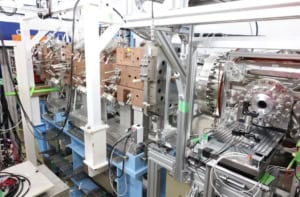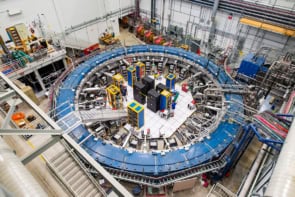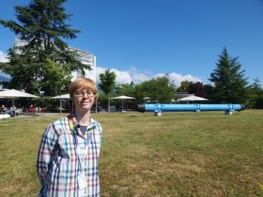It was a tough decision, given all the fantastic physics done in 2010. But we have decided to award the Physics World 2010 Breakthrough of the Year to two international teams of physicists at CERN, who have created new ways of controlling antiatoms of hydrogen.




